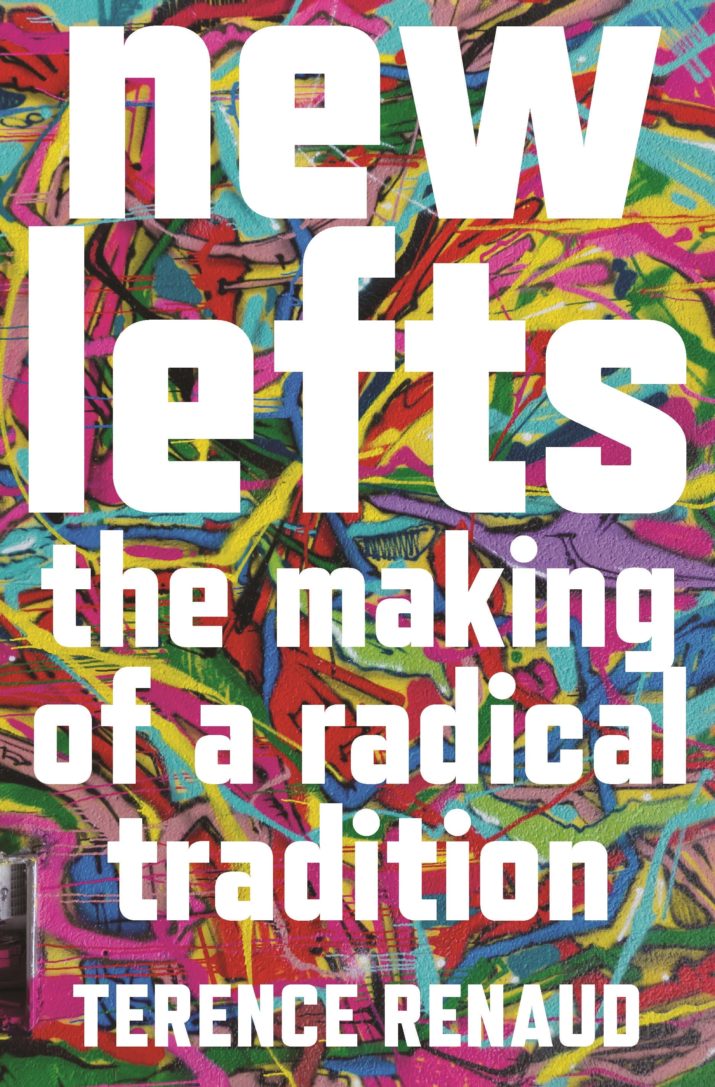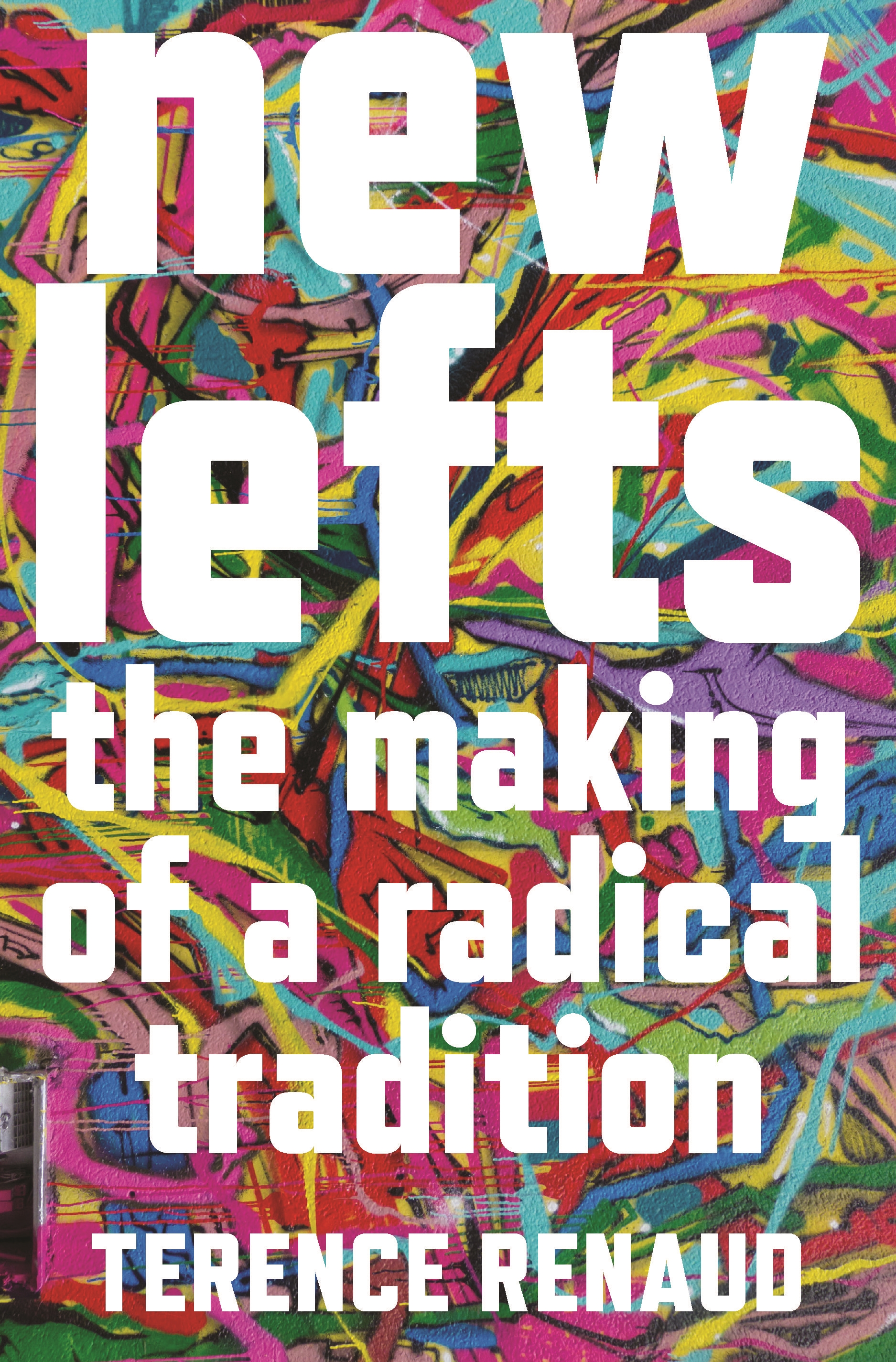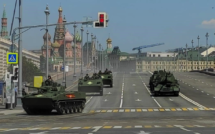

Terence Renaud’s erudite book New Lefts: The Making of a Radical Tradition deserves recommendation both as an intervention in contemporary political discourses and as a foundational historical study of neoleftism in the twentieth century. Although primarily an intellectual history engaging with the meaning and plurality of German new lefts across the twentieth century, Renaud’s carefully crafted thesis of a repeating life cycle of neoleftist movements naturally brings him to the present moment. Anyone wondering about the Labour-infighting in the UK following the rise and fall of the Corbyn-led Momentum-fraction, the splintering of the French left in the recent elections, or the ongoing search for political meaning among the German Social Democrats will find much to learn in this book. Without falling into the anachronism trap, Renaud distills recurring structures and problems by focusing on patterns of thought and conceptual disputes. Here, the concept of “organization” or “form” of political movements is foremost, leading the historical narrative from the interwar period up to the early twenty-first century. Following Robert Michel’s “iron law of oligarchy,” warning of the inevitable “hard[ening] into fixed elite organisations” of once emancipatory, “fluid social movements” (24), Renaud illuminates what he calls the “neoleftist dilemma” (5): “How does one sustain the dynamism of grassroots social movement without succumbing to hierarchy, centralized leadership, and banal political routine?” (5) In short, how could neoleftist politics stay “forever young?” (5)
At the center of this analysis stands German leftist group “New Beginning,” or “Leninist Organization,” a German leftist movement established during the Weimar Republic as an antifascist movement, critical of the established left-wing SPD and Communist Party. Drawing on the early Lenin—rather than his later musings on insurrection or power—the group’s intellectual parameters were marked by spontaneous, conspiratorial organization, as the organization grappled with the problem of structural hardening. Yet Renaud also makes clear that this imperative to keep the spontaneous, grassroots character of the movement alive only went so far. Leaders and leadership struggles did crystallize, and inevitably, the group’s cohesive survival relied on a clear ideological program that was defined in pamphlets and preached in the educational courses the group organized. From here, readers follow the dispersal of the group in exile and the eventual maturation of its members as supporters of the Allied war effort. Later, they became part of a tamed, free-market and sometimes were openly part of the anti-communist left. Following this hiatus, their activities started again in the 1960s. Renaud here focuses more narrowly on two specific actors—Rudi Dutschke and Daniel Cohn-Bendit—who perhaps perfectly symbolize the twin fate of the twentieth century left: an untimely death and a “march through the institutions.”
New Lefts is an intellectual history that seeks to identify the broader connections between what we nowadays tend to identify as “the” New Left emanating from the 1960s student uprisings and earlier incarnations of neoleftist movements that emerged in Germany in the interwar period. The strength of Renaud’s approach lies in his ability to give readers more than a prehistory of neoleftism in the 1960s, which would cast the 1960s as a culmination point in a linear, teleological development toward a new progressive movement. Instead, he equally treats the ways in which radical, antifascist, and often clandestine groups propelled themselves forward during the interwar period and the anti-authoritarian movements of the 1960s and engages with their intellectual convergence. This “introversion,” Renaud argues, brings “left socialism” into focus as a unifying political ideology (277). Attempts to bridge the intellectual rift of the Nazi period and the Second World War have gained in popularity in recent years. Yet the fragmentation of the German left in particular has been overrepresented in scholarship for too long—indeed, we have missed the clear interconnections that Renaud establishes. As recent developments in feminist scholarship that have deconstructed the compartmentalized wave-structure separating first-wave feminism at the beginning of the twentieth century from second-wave feminism in the late 1960s and 1970s, Renaud’s book does away with the naïve belief in sanitized, discrete moments of neoleftism. Instead, by highlighting the connected and procedural nature of tradition-making and new beginnings, he brings into focus the messier interrelations between former and nascent new lefts. Inevitably, this focus also enforces a vital recentering on the post-war period, in particular on the continuities and ruptures of the 1950s. Renaud does not stop at tracing the “maturation” of radical currents in the 1950s and their absorption into the SPD, which culminated in the “Godesberg-Programme” of 1959. His longue durée vision also allows him to trace the intellectual progenitors and supporters of the 1960s New Left, specifically figures such as Wolfgang Abendroth and Ossip K. Flechtheim.
This approach necessitates a focus on time as a category of analysis, reemphasizing a temporal turn against the more recent spatial turn that had helped “globalize” the 1960s. Although Renaud makes this sensible intervention in the book’s introduction, its scope is not restricted to a narrowly defined geographical space, which would be impossible given the period. External events, especially the Spanish Civil War, were not the only factors shaping that this generation’s self-understanding and the organization of spontaneous antifascist movements. By the mid-1930s, established and grassroots leftist movements were pushed into hiding and forced into migration by the rise of the Nazi regime. In exile, many turned to the Allies and ended up serving as experts and intermediaries for their former homeland. However, after the war, as Renaud lucidly describes, an initial optimism for something new altogether was quickly quashed. This process of intellectual development and the “maturation” of the movement itself was mirrored in the biographies of many individuals. Those who had been radicals in the interwar period, like Richard Löwenthal, moved away from their former antifascist leftist positions, deriding them as romantic, and instead became absorbed into the mainstream left. Frustration with larger post-war political processes, individual life trajectories, and generational change combined to drive the engine of cyclical leftist development: as individuals matured, leaving behind their youthful personal radicalism, the specific movement they had been a part of disintegrated and grew old as well. Renaud’s parallel emphasis on tradition-making, however, prevents any simplistic disassociation of new and old lefts. Of particular note is his analysis of Abendroth’s and Flechtheim’s role as intellectual transmitters between different leftist generations, acquainting readers with two important but often overlooked thinkers.
Two aspects that appear at the margins of Renaud’s compelling study demand further attention. The role of women in the history of the new lefts, Renaud admits, has remained woefully under-researched. New Lefts already succeeds at introducing us to individual women intellectuals and activists throughout its chapters, but it also points out the inadequacies of existing research. These flaws become most evident in the chapter on the Spanish Civil War, in which Renaud manages to make some headway in disentangling women’s roles in the conflict, their assimilation into masculine militia-activities, and the development of a “distinctly feminine political culture” (112-114). Recurring names in other sections of the book help identify a rich history of women within the new left, and it is to be hoped that the rising field of women’s intellectual history will pay attention to them.
Second, Renaud’s tracing of traditions poses interesting questions concerning caesuras, continuities, and periodization in general. His argument for left-socialism as an element that connects the 1930s to the 1960s convinces, but nonetheless prompts the question of whether the experience of Nazi Germany and the Holocaust marked a qualitative shift in thinking. For many on the left, that experience, paired with the knowledge of Stalinism in the Soviet Union, would have gone some way to explain their exchange of radicalism for more moderate, Western-oriented values. While this discussion could add ever-more detail to an already dense study, the periodization of left-wing agitation and its tradition is the far more interesting specter raised by Renaud’s book. Although the “making of a tradition” that appears in the book’s title presumably “only” encapsulates the twentieth-century events described in the title, the textual references to the Paris Commune of 1870-1871 and its overall spontaneous quality can push us toward further imagining: how does this “new left” relate to other historical uprisings and social movements? Can we, for example, make intellectual connections to the Bundschuh movement preceding the sixteenth century peasant wars? Or is the concept of “new lefts” indelibly linked to modernity, specifically that of the twentieth century? These are not questions the book could or should answer, but they are indicative of the richness of the material Renaud has so expertly dissected.
Framing his analysis with two quotations from Bertolt Brecht, Renaud begins and concludes, respectively, with a paean for hope, that “everything new is better than everything old” (vii) and, slightly more pensive, that “everything changes […] what happened has happened” (276), thus setting the tone both for the historical journey spanning the subsequent eight chapters as well as preempting any conclusions readers might draw from the work. Is this really hope, though, the reader is left to ask, or, as Renaud suggests in the book’s last part, an endless loop steeped in irony, a frustrating “here we go again” as grassroots movements struggle to maintain their spontaneous energy and calcify into party-political infights?
Emily Steinhauer is a postdoctoral research fellow at the German Historical Institute London. Her work focuses on the intellectual history of migration and exile in twentieth- century Europe, as well as women’s intellectual history.
New Lefts: The Making of a Radical Tradition
By Terence Renaud
Publisher: Princeton University Press
Paperback / 362 pages / 2021
ISBN: 9780691220819
Published on December 23, 2022




